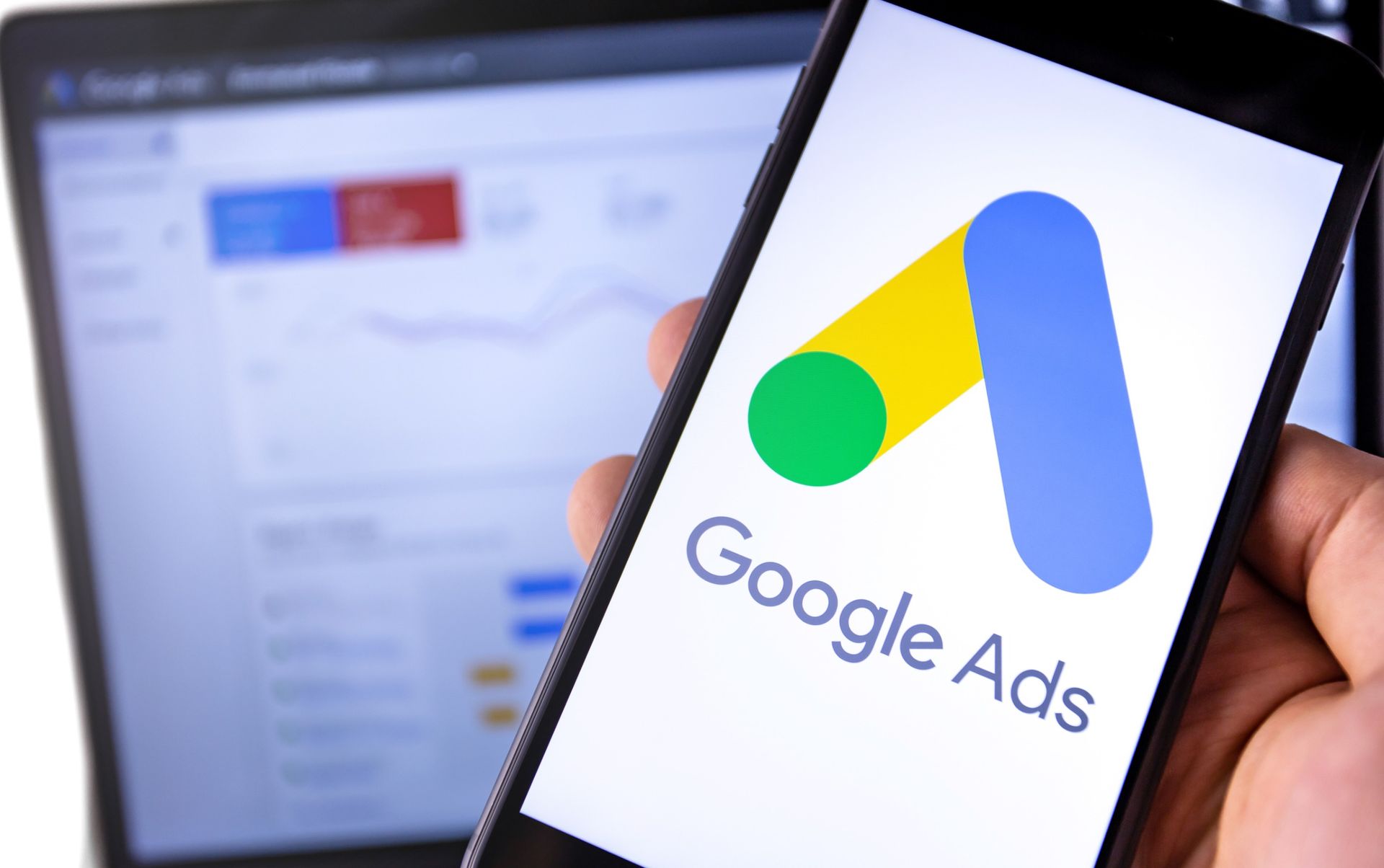Trust Tide Digital Agency
The Ultimate Guide to Setting Up Google Ads Campaigns
Google Ads, formerly known as Google AdWords, is one of the most powerful advertising platforms. With a massive reach and a suite of tools designed to help you create, manage, and optimize your campaigns, Google Ads can be a game-changer for businesses looking to increase their online visibility and attract new customers.
Setting up a Google Ads campaign can be a complex process, involving various steps and decisions.In this guide, we will walk you through a comprehensive checklist to ensure that you cover all the essentials when creating your first (or next) Google Ads campaign.
Step 1: Define Your Campaign Objectives
The first and most critical step in setting up a successful Google Ads campaign is to clearly define your objectives. Are you looking to increase website traffic, generate leads, boost sales, or raise brand awareness? Your objectives will dictate the rest of your campaign setup, from the type of ad you create to the targeting options you choose.
Define Specific Goals
It's not enough to say you want to increase sales; you need to set specific, measurable goals. For example, you might want to increase online sales by 20% over the next quarter or boost your email subscriber list by 500.
Choose the Right Campaign Type
Google Ads offers several campaign types, including search network, display network, video, shopping, and app campaigns. Each is suitable for different objectives and audiences, so make sure you pick the one that aligns with your goals.
Step 2: Know Your Target Audience
Understanding who you're trying to reach with your ads is crucial. The better you know your target audience, the more effectively you can tailor your ads to resonate with them.
Segment Your Audience
Use demographic data, such as age, gender, income, and interests, to segment your audience. You can also create customer personas to represent your various audience segments.
Leverage Keyword Research
For search network campaigns, keyword research is vital. Identify the keywords that your audience is likely to use when searching for products or services like yours.
Step 3: Craft Your Ad Creative
Your ad creative is what will grab the attention of your audience and encourage them to take action. Whether you're creating text ads, banners, or videos, your creative should be compelling and on-brand.
Write Persuasive Ad Copy
For text ads, focus on writing memorable headlines and persuasive ad copy that includes a clear value proposition and a strong call to action.
Design Eye-Catching Visuals
If you're running display or video ads, invest in the design of your creative. Use high-quality images or videos that are relevant to your ad message and that will stand out on the page.
Step 4: Set Your Budget and Bidding Strategy
Your budget and bidding strategy will determine where and how often your ads are shown. It's essential to find a balance that allows your ads to be competitive without overspending.
Determine Your Budget
Decide how much you're willing to spend on your campaign each day or over the campaign’s lifetime.
Choose Your Bidding Strategy
Google Ads offers various bidding strategies, from manual CPC to automated bidding based on your goals. Select the one that aligns with your objectives and budget.
Step 5: Select Your Keywords and Targeting Options
The keywords and targeting options you select will determine when and where your ads are shown.
Build Keyword Lists
For search network campaigns, use your keyword research to create comprehensive keyword lists. Include variations, broad and exact match types, and negative keywords to prevent your ads from showing for irrelevant searches.
Refine Your Targeting
For display, video, and shopping campaigns, use contextual targeting, topics, or custom affinity audiences to ensure your ads are reaching the right people in the right places.
Step 6: Set Up Conversion Tracking
Tracking the conversions from your ads is crucial for understanding your campaign's performance. By setting up conversion tracking, you can see which ads and keywords are driving results.
Identify Key Actions
Decide which actions on your website are considered conversions—these could be purchases, form submissions, or page views.
Install the Tracking Code
Copy and paste the Google Ads conversion tracking code onto the relevant pages of your website.
Step 7: Create A/B Tests
A/B testing (or split testing) allows you to compare different elements of your campaigns to determine what works best.
Test Ad Copy and Creative
Run multiple versions of your ads with different headlines, body text, and visuals to see which combinations perform best.
Test Landing Pages
Test different landing pages to find out which layouts, calls-to-action, and forms lead to the highest conversion rates.
Step 8: Monitor and Optimize Your Campaign
Once your campaign is live, it's not set-it-and-forget-it. Continuous monitoring and optimization are key to maximizing your return on investment.
Monitor Performance Metrics
Keep an eye on performance metrics such as click-through rate, conversion rate, and cost per conversion to identify areas for improvement.
Make Data-Driven Decisions
Use the data from your campaigns to make informed decisions about what to optimize next. This could involve pausing underperforming ads, adjusting bids, or testing new targeting options.
Conclusion
Setting up a Google Ads campaign is a multifaceted process that requires careful planning, clear objectives, and the ability to adjust and optimize based on performance data.
By following this comprehensive checklist, you'll be well on your way to creating campaigns that drive real results for your business.
Remember, the key to success with Google Ads is an ongoing commitment to learning and adapting to the changing needs of your audience.
About Us
Ready to dive into the world of digital marketing but don't know where to start? Trust Tide Digital Agency is here to guide you. With our cutting-edge strategies and a team of dedicated experts, we'll help you navigate the digital landscape and drive tangible results for your business.
Whether you're looking to boost brand visibility, enhance customer engagement, or increase conversion rates, we've got you covered.
Don't wait to take your business to new heights - Contact Us Today and let's get started on your journey to digital marketing success!

Trust Tide Digital Agency
We are the premier digital marketing agency in Tampa FL. Contact us today to get your free, no-obligation consultation!
Business Hours
- Mon - Fri
- -
- Sat - Sun
- Closed








